Jun 09, 2025
Pneumatic systems have become the cornerstone of modern industrial automation due to their use of compressed air, flexibility, and efficient cleaning features. Pneumatic system technology provides power for everything from assembly lines to packaging machines with its reliable, efficient, and cost-effective motion control. The pneumatic system uses air from the atmosphere, which is very suitable for lightweight manufacturing and automation.
Pneumatic fittings serve as critical connectors to ensure airtight, safe, and flexible connections between hoses, pipes, valves, and cylinders. Although often overlooked, pneumatic accessories can effectively maintain system integrity, prevent leaks, and address common issues, enabling quick installation and maintenance. With a variety of types and structures of pneumatic joints, selecting the appropriate joint is a top priority.
Pneumatic fitting is used to connect pneumatic hose tubing and other pneumatic components of pneumatic systems. It is a pipe fitting specifically designed for connecting pneumatic system equipment and cannot be used in industrial and civilian pipelines for transporting liquids, gases, or steam. The medium used is compressed air, and the working pressure is lower compared to pipe fitting. The structure is more lightweight and can be disassembled.
Pipe fitting is suitable for a wider range of media. You can browse this article for more information about pipe fitting.
Pneumatic joint is an important component in pneumatic systems that connects the trachea with equipment and components. The common main types include the following:
Push-to-Connect
Features: No tools required, the tube can be automatically locked after being inserted into the joint. When disassembling, press the snap ring to pull it out, making installation quick and convenient.
Application: Suitable for occasions with frequent disassembly or maintenance, such as laboratory benches, automated production lines.Moreover,Mini Push-to-Connect Fittings are compact in size and suitable for space-constrained, light-duty, and small-diameter pneumatic systems such as precision equipment, including medical devices, laboratory automation systems, and precision measuring instruments.
Materials: Common types include plastic,Full Brass Nickel Plated, stainless steel.
Threaded type
Features: Connected to equipment or trachea through threads, with good sealing and strong anti vibration ability.
Type:
Male Thread
Female Thread
Male/female docking type
Application: Used for fixed connections that are not frequently disassembled, such as cylinders, valve bodies, etc.
Y-shaped, T-shaped, and multi way connectors
Y-shaped connector: divides one gas source into two outputs, suitable for dual gas source supply.
T-shaped connector: realizes three-way connection and is widely used for branch distribution.
Cross shaped and five way connectors: used for more complex pneumatic wiring.
Advantages: Compact structure, convenient for gas path expansion and distribution.
Spring Lock Fitting
Features: It has a spring clamping structure, which can quickly connect and provide a certain anti pull force.
Advantages: Easy to install, suitable for working conditions with frequent vibrations.
Quick Coupler
Features: Equipped with a valve design, it can automatically cut off air supply during insertion and removal, without the need to turn off the air source.
Structure: Generally divided into two parts: plug and socket.
In addition, there are Self Sealing Fitting and Swivel Fitting.
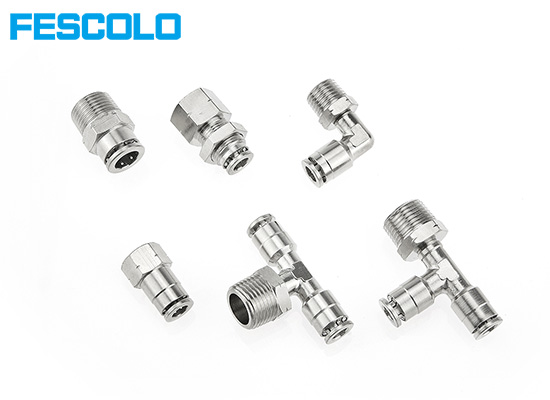
When designing or maintaining pneumatic systems, selecting appropriate pneumatic joints is a key step in ensuring stable operation and safe and efficient performance of the system. The correct air fitting not only affects the airtightness and durability, but also directly affects the performance of the equipment. The following factors are usually considered:
The joint must withstand the maximum working pressure of the system.
The diameter of the pipe determines the gas flow rate, and the appropriate outer and inner diameters should be selected according to the equipment flow requirements,
Mismatch in pipe diameter will result in air leakage, pressure loss, or poor connection.
Including quick insert, threaded (G thread, NPT, R thread, etc.), sleeve type, etc.
Quick plug is suitable for quick disassembly and assembly; Threaded type is suitable for fixed connections; Card sleeve type is suitable for high voltage or anti vibration applications.
PBT, PA: Suitable for general industrial environments, light weight, low cost.
Brass and stainless steel: Strong corrosion resistance, suitable for high-pressure, high-temperature, or corrosive media environments.
Stainless steel joints are particularly suitable for occasions with high requirements for food, medicine, or cleanliness.
Automation equipment
High frequency of use, it is recommended to use quick plug connectors to improve replacement and maintenance efficiency.
When the system is complex, it can be paired with multiple connectors (T-shaped, Y-shaped) for gas distribution branches.
Cylinder system
It is recommended to use threaded metal joints to ensure connection stability and vibration resistance.
If the cylinder moves frequently, it can be used in conjunction with a rotary joint or an adjustable angle joint.
Spray equipment/spray gun system
High stability of airflow is required, and joints with high sealing and corrosion resistance should be used.
Quick couplings are commonly used for manual spray guns to facilitate equipment replacement during operation.
Food/Medical Equipment
Require cleanliness, no pollution, use stainless steel material, self sealing joints, and meet hygiene standards.
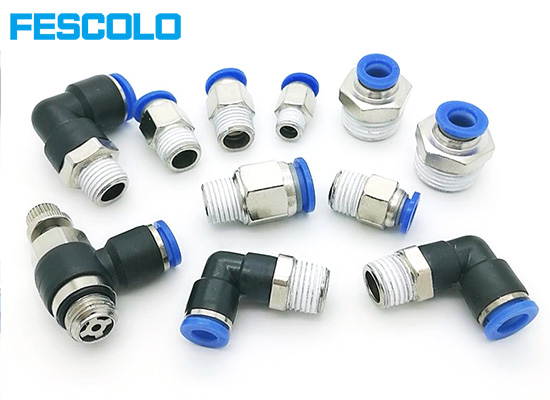
BSP Standard
BSPP (G Series): Parallel straight threads, sealed using O-rings or gaskets
BSPT (R Series): Tapered threads, self-sealing through thread deformation
Common sizes: G1/8, G1/4, G1/2, etc., with nominal bore specified in inches
NPT Standard
NPT: American National Standard Taper Pipe Thread
NPTF: Dryseal taper thread, requiring no additional sealant
Features: 60° thread angle, defined by threads per inch
Common sizes: 1/8-27 NPT, 1/4-18 NPT, 1/2-14 NPT, etc
Metric Standard
Parallel threads: e.g., M5×0.8, M10×1.0
Tapered threads: e.g., MK series
Features: Metric-based, directly labeled as diameter × pitch
Other important standards
JIS Standard,SAE Standard,DIN Standard
Measuring Tools: Use a thread gauge to measure pitch and thread angle
Visual Inspection: BSP features a 55° thread angle, while NPT has 60°
Size Verification: Measure outer diameter and threads per inch
Never mix different standards: Even similar sizes are not interchangeable
Sealing method compatibility: Parallel threads require seals, while tapered threads are self-sealing
Pressure rating verification: Different standards have varying pressure capacities
Confusing BSPP with NPT
Mixing Metric and BSP threads
Neglecting proper sealing methods, leading to leaks
Identify equipment origin:European equipment typically uses BSP;American equipment generally uses NPT;Asian equipment requires specific verification
Prepare adapters:Keep commonly used standard adapters available at worksites.
Implement a labeling system:Clearly mark piping systems with standard identification.
Consult suppliers:When uncertain, provide sample photos or detailed dimensional parameters.
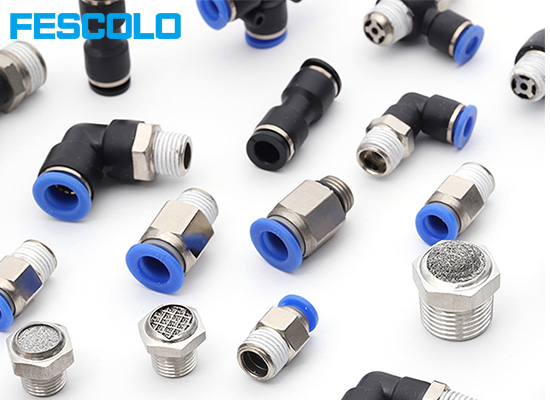
In industrial automation and pneumatic systems, pneumatic fittings play a critical role. They not only determine airflow stability and efficiency but also impact the overall equipment safety and maintenance costs.These Fittings Features Quick installation,
Lightweight design,Easy disassembly and Wide variety of types.At Fescolo, we provide more than just fittings - we connect you with professional technical consultants to recommend high-quality pneumatic fitting brands and models that meet your customized application requirements.Whether you are an automation engineer,equipment procurement manager Or a DIY manufacturing enthusiast all can contact us directly for expert solutions tailored to your specific needs.
You May Interest In
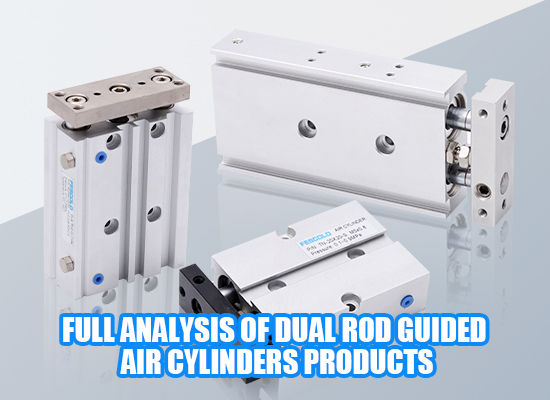
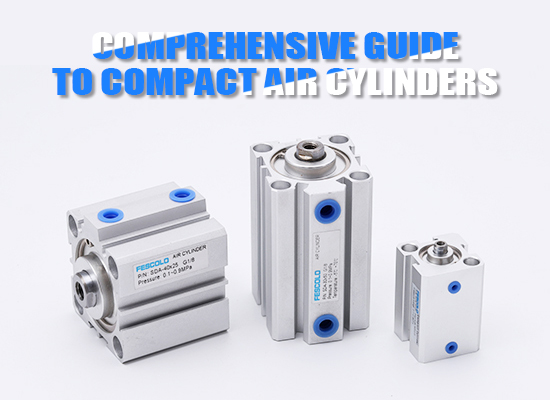
Jul 30, 2025 Blog
Comprehensive Guide to Compact Air Cylinders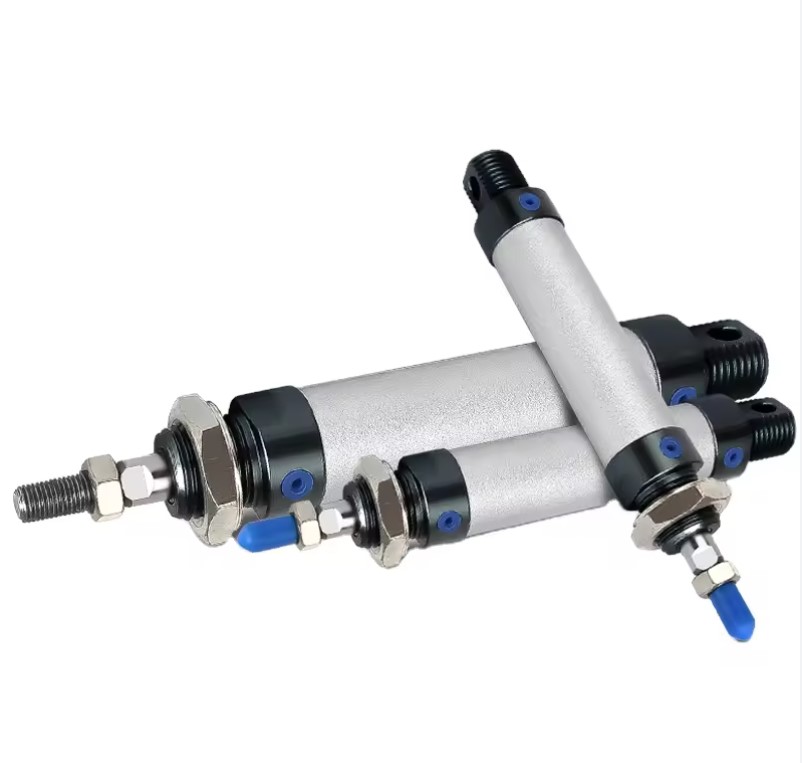
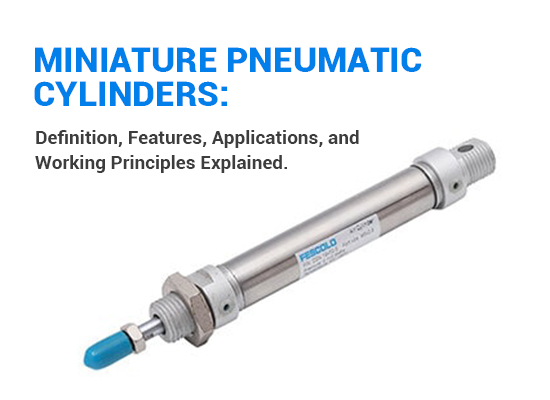
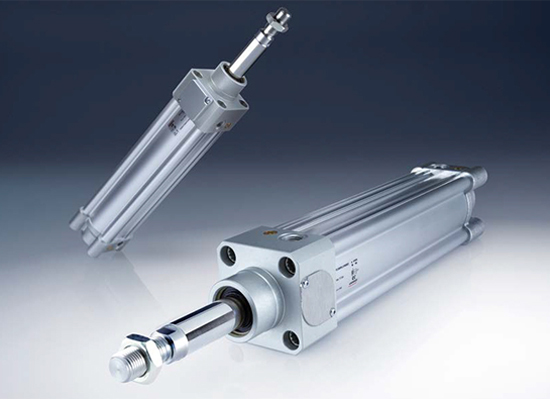
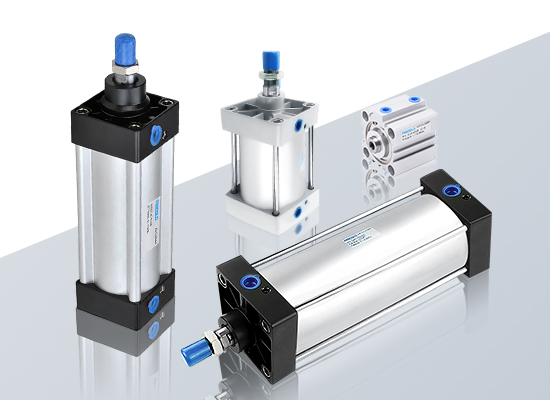
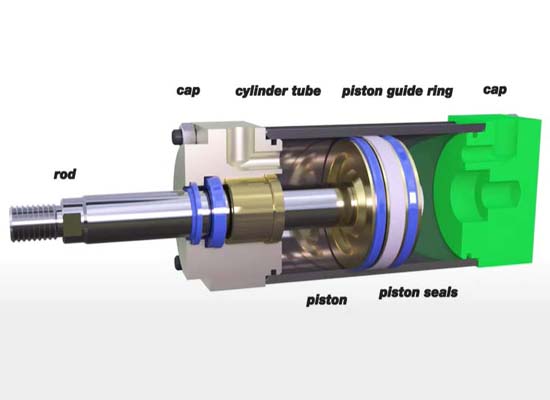
Apr 23, 2025 Blog
Exploring the Critical Parts of a Pneumatic Cylinder
Apr 23, 2025 Blog
anti-rotation cylinder
Mar 28, 2025 Blog
Leakage Prevention and Sealing Methods in Cylinder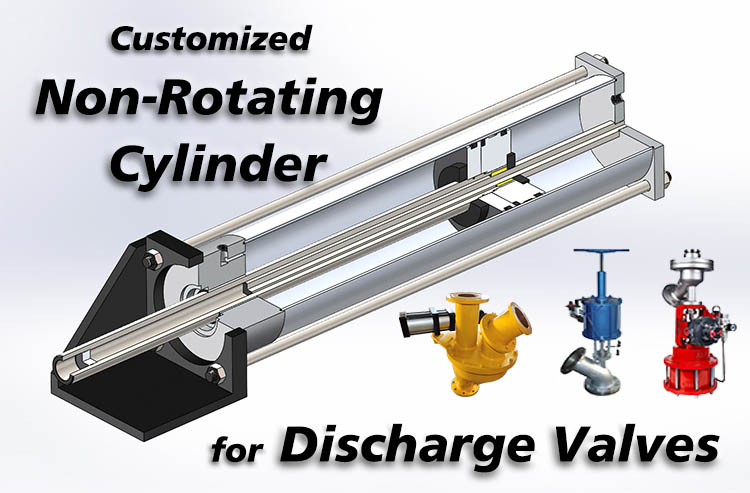
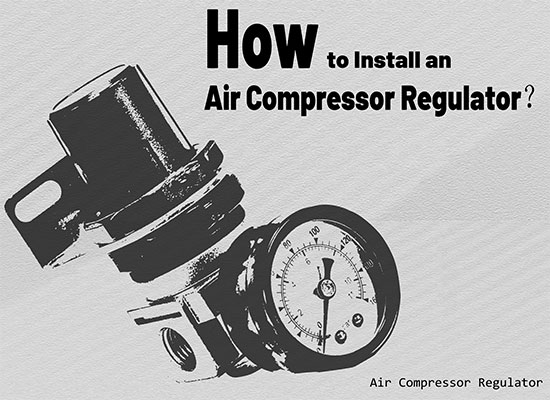
Mar 18, 2025 Blog
How to Install an Air Compressor Regulator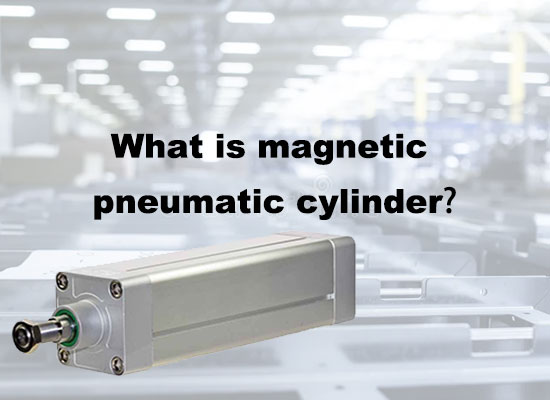
Mar 13, 2025 Blog
What is Magnetic Pneumatic Cylinders?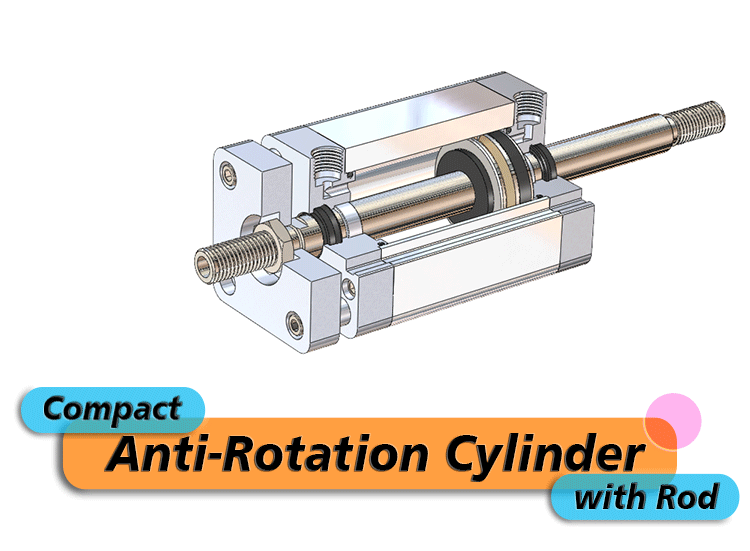
Mar 10, 2025 Blog
Compact Anti-Rotation Cylinder with Rod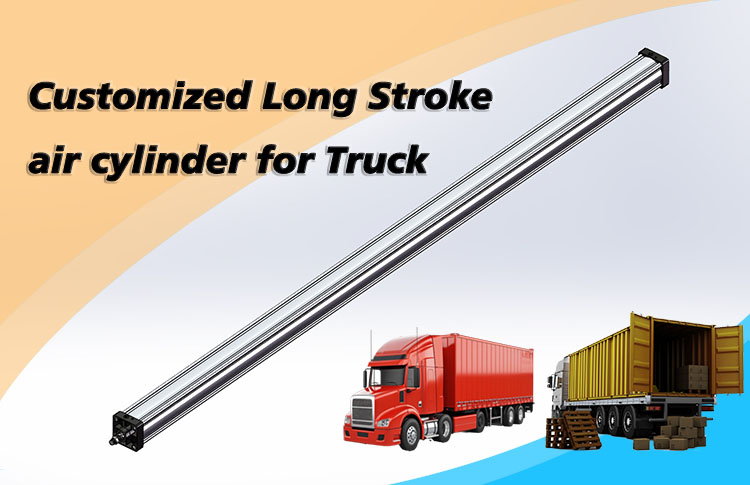
Mar 10, 2025 Blog
Customized Long Stroke Air Cylinder for Truck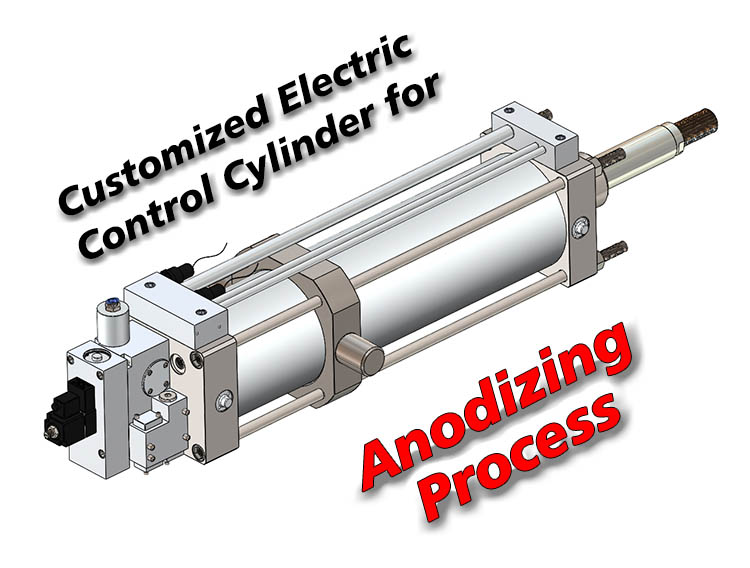
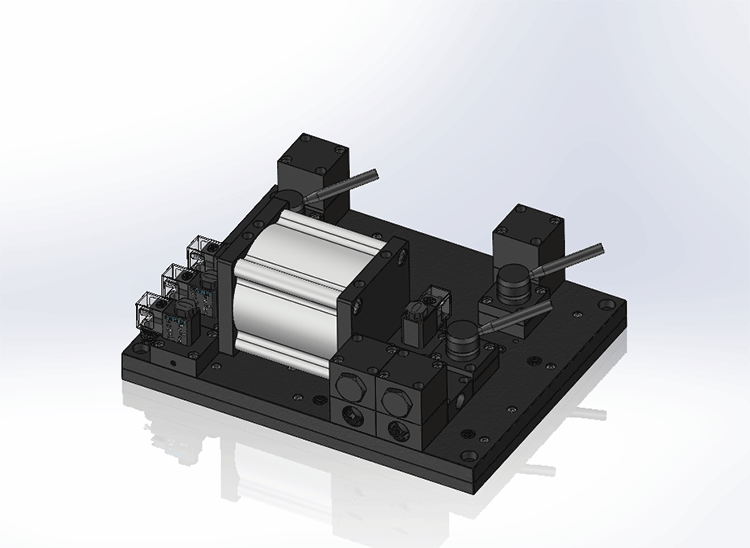
Mar 10, 2025 Blog
Customized Combination Manifold Valves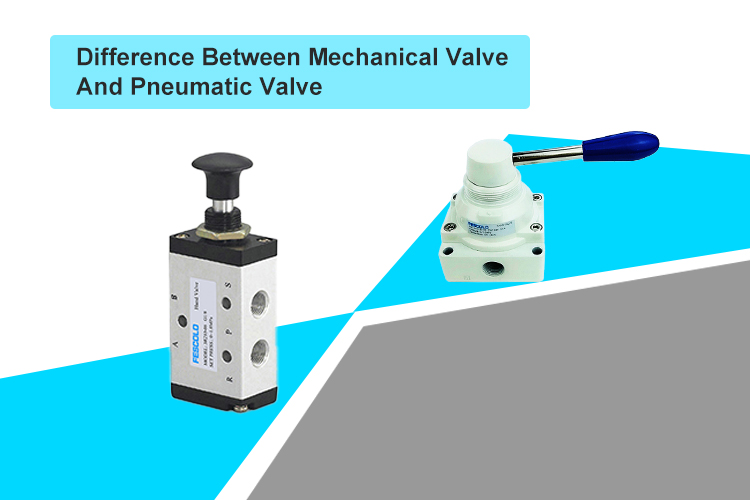
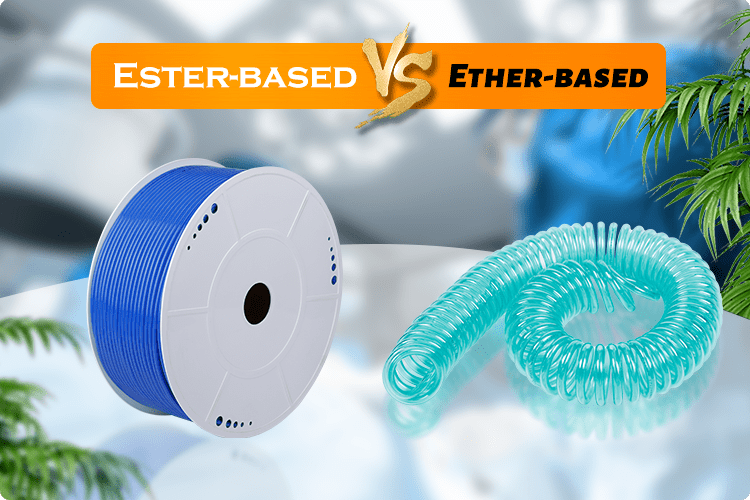
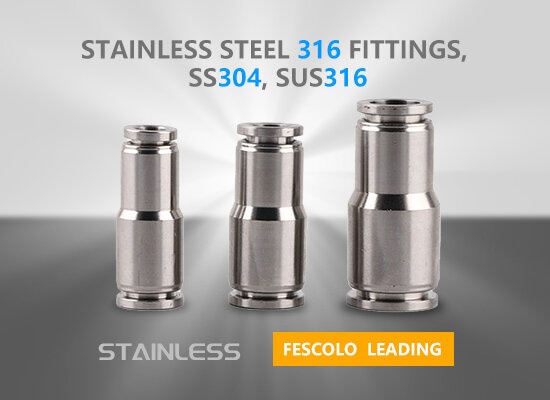
May 16, 2019 Blog
STAINLESS STEEL 316 FITTINGS, SS304, SUS316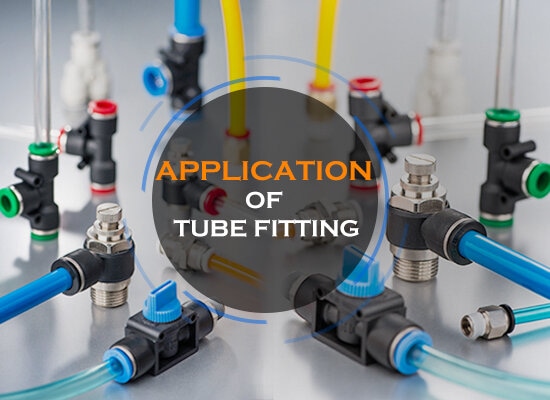
May 03, 2018 Blog
Application Of Tube Fitting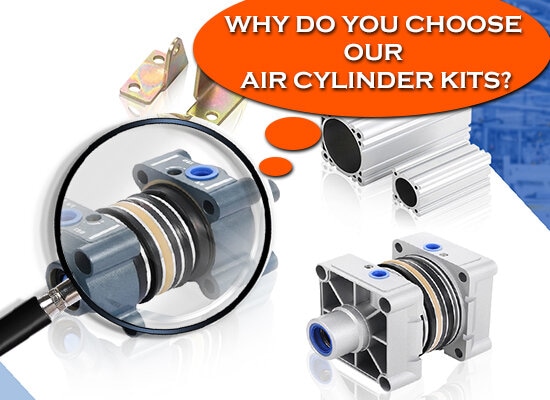
Jun 08, 2018 Blog
Why Do You Choose Our Air Cylinder kits?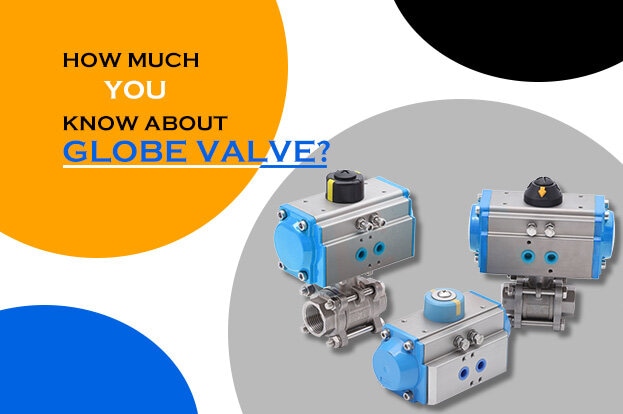
Feb 09, 2018 Blog
How much you know about globe valve?FOKCA ©1998-2025 Fescolo Pneumatic All Rights Reserved Sitemap